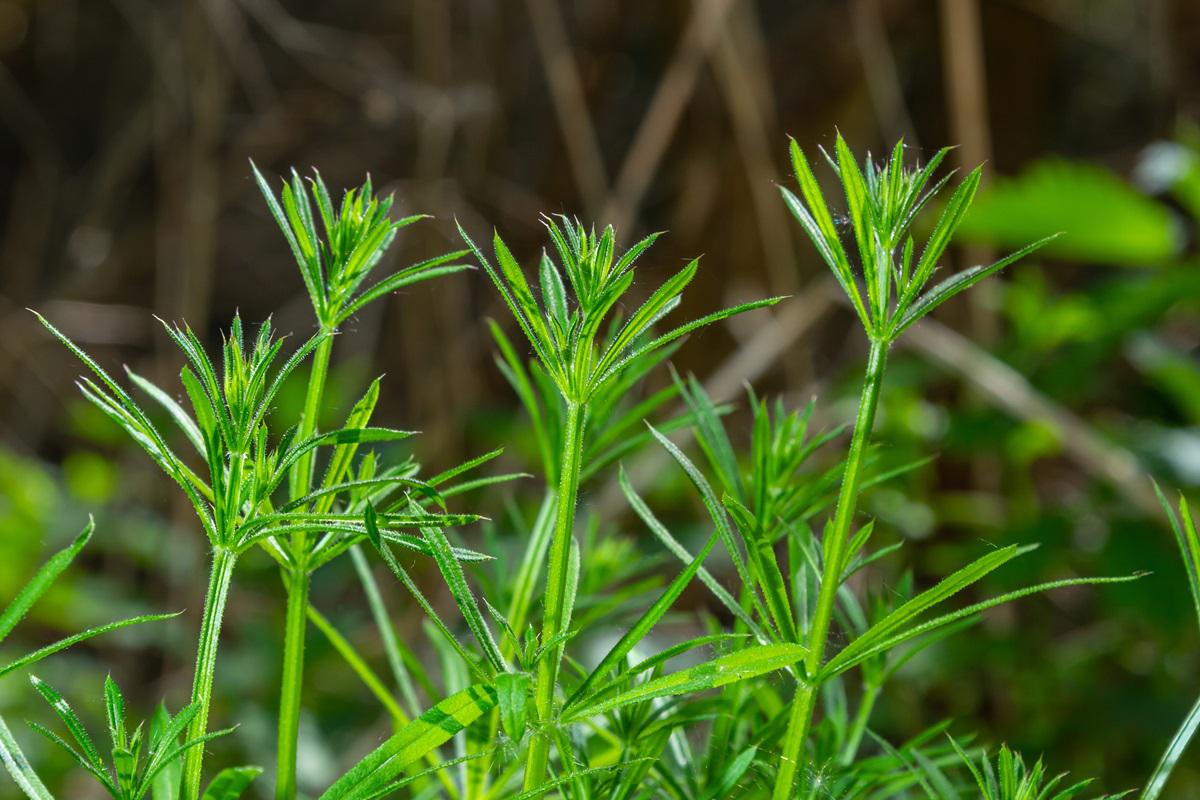1 March 2024
Tips from the herbalist
Cleavers infusion
Cleavers (Galium aparine) goes by many names — goose grass, sticky willy, gripgrass, catchweed, and everlasting friendship, to name a few — many owing to how it clings to fur and clothing.
As a member of Rubiaceae, Cleavers shares its family with madder (Rubia tintoria) and coffee (Coffea arabica), which is perhaps why cleavers seeds when roasted can be used to make a delicious coffee substitute.
In herbal medicine, Cleavers is best known as a lymphatic — a traditional term used to describe a remedy that supports the lymphatic system to improve movement and drainage in tissues and to clear stagnation — and an alterative — a herb that promotes the body’s ability to eliminate waste via the liver, lungs, skin and kidneys. These qualities make Cleavers an excellent spring tonic, to cleanse and revitalise and support our immunity.
As we come into spring, you’ll find this herb littering hedgerows and climbing walls in an ever-increasing abundance. Over winter, our immune systems can become sluggish and so the arrival of cleavers presents us with a perfectly-timed opportunity to meet this herb and reap the benefits of its virtues.
Cleavers can be added into soups, blended into pesto, made into juice or enjoyed quite simply and deliciously as an infusion, as described below.
Cleavers infusion
- Pour boiling water over a handful of of fresh cleavers
- Strain and chill
- Leave in the fridge overnight
Enjoy Cleavers’ refreshing goodness with a glass first thing in the morning and on throughout the day!


